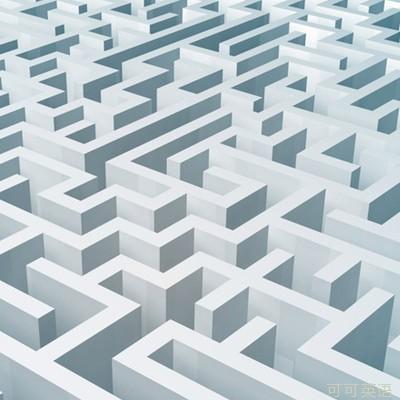Some say it's tough to break a habit—a behavior so ingrained in our mental infrastructure that it's automatic. But new research says maybe it's not so tough when you shine some light on an alternative.
有些人說,要改變一個習慣很難。習慣是一種深深植根于人們心理的自發性行為。但一項新的研究表明,用光照的方法或許能輕易改變習慣。
Turns out that a small part of the brain's prefrontal cortex—the infralimbic cortex—is key to seemingly inflexible, habitual behavior.
事實證明:大腦前額皮質的一小部分——邊緣下區——決定著看似呆板的習慣性行。

Scientists trained rats to run a maze by using rewards. Eventually the rats ran the maze without any reward, or even when being punished by completing it with a drink that made them nauseous. So running the maze in a certain direction had become a habit.
科學家們通過獎勵的方式訓練小白鼠走迷宮。最后老鼠不再需要任何獎勵,甚至在用令它們感到惡心的飲料作為懲罰時,它們仍自覺地走出了迷宮。因此朝特定的方向走迷宮已經變成了老鼠的習慣。
The scientists then used what's called optogenetics—a procedure that uses light to stimulate or inhibit specific brain areas—to turn “off” this small brain area involved in forming habits.
然后科學家們利用被稱作“光遺傳學”的技術——利用光來刺激或抑制大腦內特定區域的活動——來屏蔽大腦內部涉及到習慣的很小區域。
Within seconds the rats stopped running the maze in the direction that gave them the icky reward. The scientists note that silencing the neurons in that brain area allowed the rats to have more cognitive control over their supposedly reflexive habit of running in that one direction.
不出幾秒,老鼠就不再朝著有懲罰的那個方向走。科學家們注意到,制止習慣區的腦神經活動能幫助老鼠恢復認知控制,不再按習慣朝那一個方向走。
The hope is to eventually treat disorders involving obsessive or addictive behavior. And to hopefully show that old habits can die easy.
希望這個研究能幫助治療強迫性的上癮行為,幫助人們輕易改掉舊習慣。












